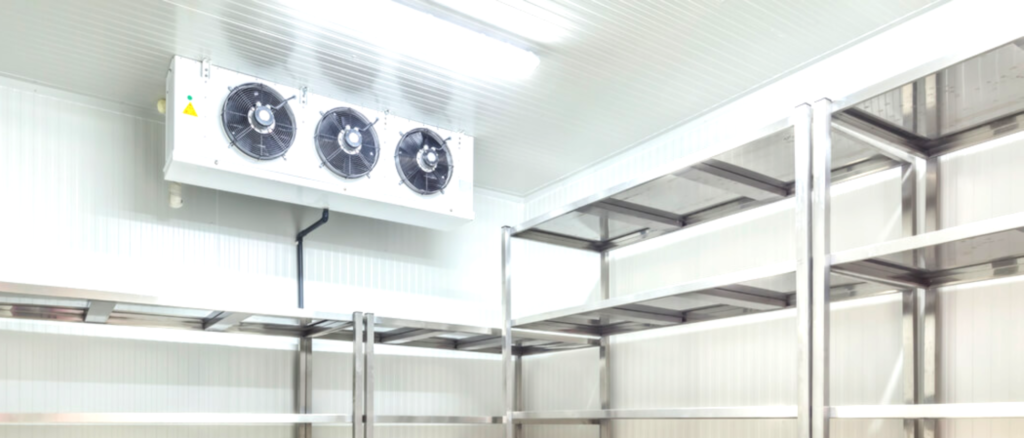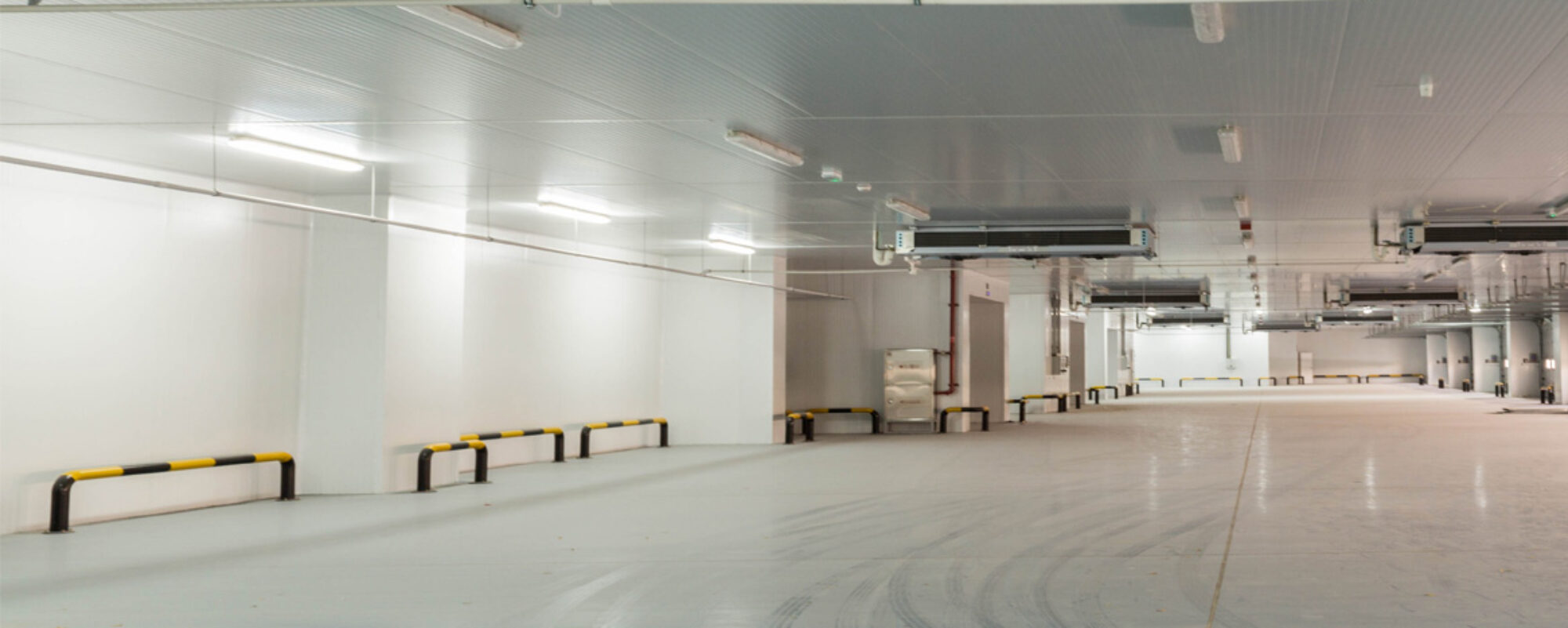A cold store, also known as a cold room or refrigerated warehouse, is a large building or room that is used to store food and other temperature-sensitive products. Cold stores are typically insulated to maintain a constant temperature, which is often below freezing.
The cold storage market in Bangladesh is growing rapidly. The growth of the market is being driven by the increasing demand for fresh food, the growing export market for Bangladeshi food products, and the government’s focus on food security. The market is expected to continue to grow in the coming years.

How a cold store is made
The construction of a cold store is a complex process that involves a number of steps, including:
- Site selection: The first step is to select a suitable site for the cold store. The site should be level and have good drainage. It should also be located in a cool climate, if possible.
- Foundation: The next step is to build the foundation for the cold store. The foundation should be strong enough to support the weight of the building and the equipment inside.
- Walls: The walls of the cold store should be made of a material that is good at insulation. Concrete, steel, and brick are all common materials for cold store walls.
- Roof: The roof of the cold store should also be insulated. The roof should be able to withstand the weight of snow and ice.
- Doors: The doors of the cold store should be well-sealed to prevent heat from escaping. The doors should also be strong enough to withstand the weight of pallets of goods.
- HVAC system: The cold store needs to have a HVAC system to maintain the desired temperature. The HVAC system will typically consist of a compressor, condenser, evaporator, and fans.
- Lighting: The cold store needs to have adequate lighting to allow workers to see what they are doing. The lighting should be energy-efficient to save on costs.
- Equipment: The cold store will need to be equipped with the necessary equipment to store and handle food and other temperature-sensitive products. This equipment may include forklifts, palletizers, and conveyors.
Once the cold store is built, it needs to be commissioned. This involves testing the HVAC system and the other equipment to make sure that they are working properly.
Cold stores are an important part of the food supply chain. They help to ensure that food is stored at the correct temperature and that it does not spoil. Cold stores are also used to store other temperature-sensitive products, such as pharmaceuticals and chemicals.
Cold Store in Bangladesh
Here are some of the cold stores in Bangladesh:
- NM Cold Storage: This cold store is located in Dhaka. It has a capacity of 10,000 tonnes and is used to store fruits, vegetables, and other food products.
- Bangladesh Cold Storage Association (BCSA): This is an association of cold stores in Bangladesh. It has a membership of over 400 cold stores and its headquarters is located in Dhaka.
- Siddiq Ice & Cold Storage Ltd.: This cold store is located in Chattogram. It has a capacity of 5,000 tonnes and is used to store frozen fish and other seafood products.
- Albala Cold Storage (Pvt.) Ltd.: This cold store is located in Dhaka. It has a capacity of 3,000 tonnes and is used to store fruits, vegetables, and other food products.
- A.N. Khan Cold Storage Ltd.: This cold store is located in Dhaka. It has a capacity of 2,000 tonnes and is used to store frozen fish and other seafood products.
The cold storage industry in Bangladesh is growing rapidly. The country’s climate is well-suited for cold storage, and there is a growing demand for temperature-controlled storage facilities. The industry is expected to continue to grow in the coming years.

